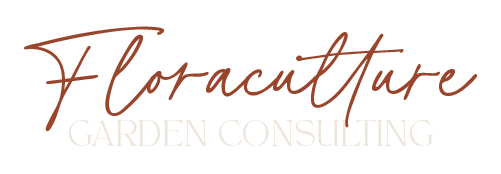Naturally Feeding Your Soil
Great soil is a healthy balance of nutrients, bacteria, fungi, and minerals all in one. Below are some basics to cut out the overwhelm of what to put on your soil.
Gardening is often very product focused, but I want you to know that it really isn’t necessary. Below is an outline of the levels of natural feeding that you can consider. I keep it pretty simple. If it seems overwhelming, just stick with level one! I have successfully grown bountiful harvests off just compost alone for years. Work your way up the levels as you gain garden experience and are ready to try something new.
Level One - Compost.
Because it is amazing. It is a naturally derived boost of soil nutrients and microbes that also acts as a natural mulch. Its really everything your garden needs to thrive all in one.
Add 2-3 inches of compost with each new planting season. For me, that’s March, May, and September. You can purchase animal or plant based compost, create your own, or may even have access to free compost from your city.
Truly, like everything else in my past gardening journey, I used to skip this step. I had awful soil and then tried to make up for it by purchasing the whole suite of synthetic chemical based fertilizers that promised to grow my plants. I am cringing as I write this, but when we know better we do better! I promise that if you don’t skip this step you will already see a huge difference in what your vegetables are capable of in your garden space.
A quick note on compost: animal based (ex: manure) or plant based (ex: mushroom)? There are subtle differences, but I wouldn’t worry about it too much for a backyard garden. Technically animal based composts will perform better when applied before a cold season due to the way the nutrients break down. This can also lead to extra phosphorus if you are using it season after season. But this is so subtle that I would just invest in whichever quality compost you can find that is available to you until you get comfortable.
Level 2 - Whole Bed Boosts
These are generally things worked into the soil of the whole bed to give it a boost.
-Worm castings and Mycorrhizal fungi are a great example of a natural soil amendment that overall helps boost the soil structure, nutrients, and most importantly encourage root growth. You do not need to do a soil test to use these two amendments.
-There are other natural soil amendments you can buy that are either blended or single ingredient. Examples of natural soil amendments include feather meal, bone meal, blood meal, crab meal, cottonseed meal, etc.
So, how do you know which one to pick?
These products have 3 numbers on them, representing nitrogen, phosphorous, and potassium. Here’s what these numbers will help with:
Nitrogen - Boosts the green leaves.
Phosphorus - Boosts the flowering and fruit development, and root growth.
Potassium - Essential for overall health and helps the plant fight disease
Before picking a natural soil amendment for boosting your bed’s NPK I would recommend performing a soil test. The test will tell you exactly which of these nutrients you need to boost to balance your beds.
Level 3 - Plant Specific Boosts
If your plants need a more direct boost either at planting or mid-season, there are natural options that you can apply at the plant specific level. In general, a soil test isn’t needed for these plant specific boosts since they should be fairly balanced.
During Planting, you could use a season-long natural fertilizer in the planting hole
Mid-Season you can use liquid natural fertilizer such as liquid fish emulsion that is watered onto the plant in need, or “side dress” the plant in need by making space in the soil next to the base of the plant and applying a solid fertilizer in this fashion.
Natural fertilizers used in this manner are often the same as listed above, but in this case you would be giving a boost to a specific plant that might need it rather than working it into the soil of the whole bed.

